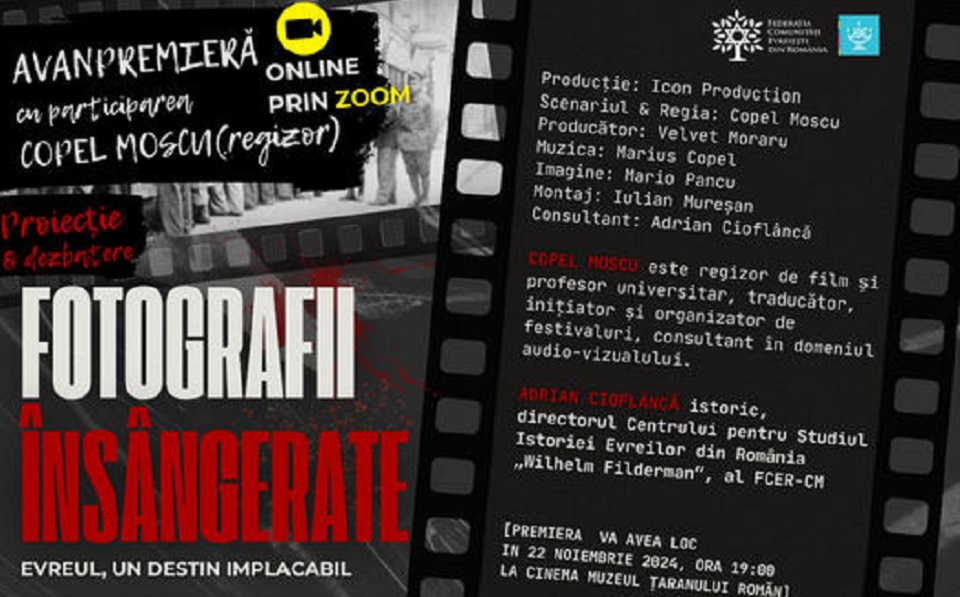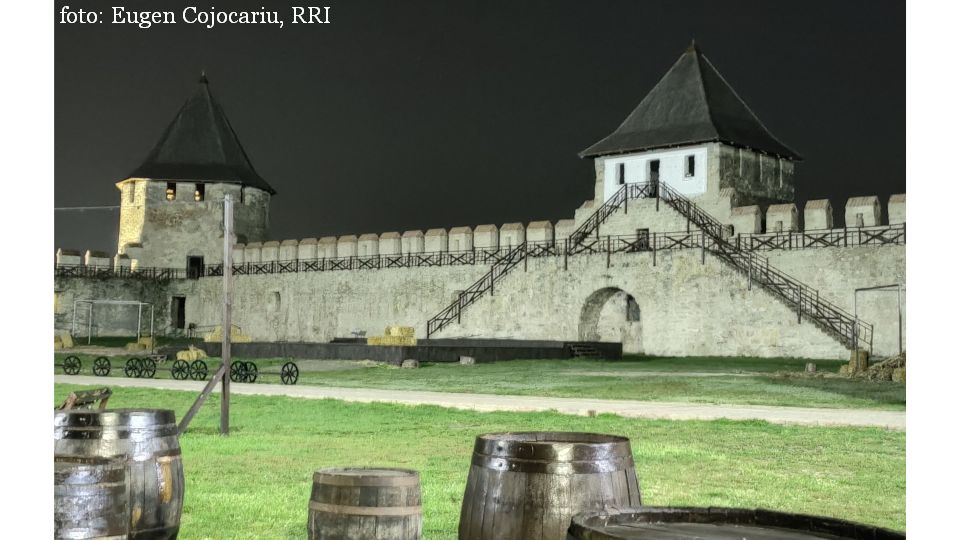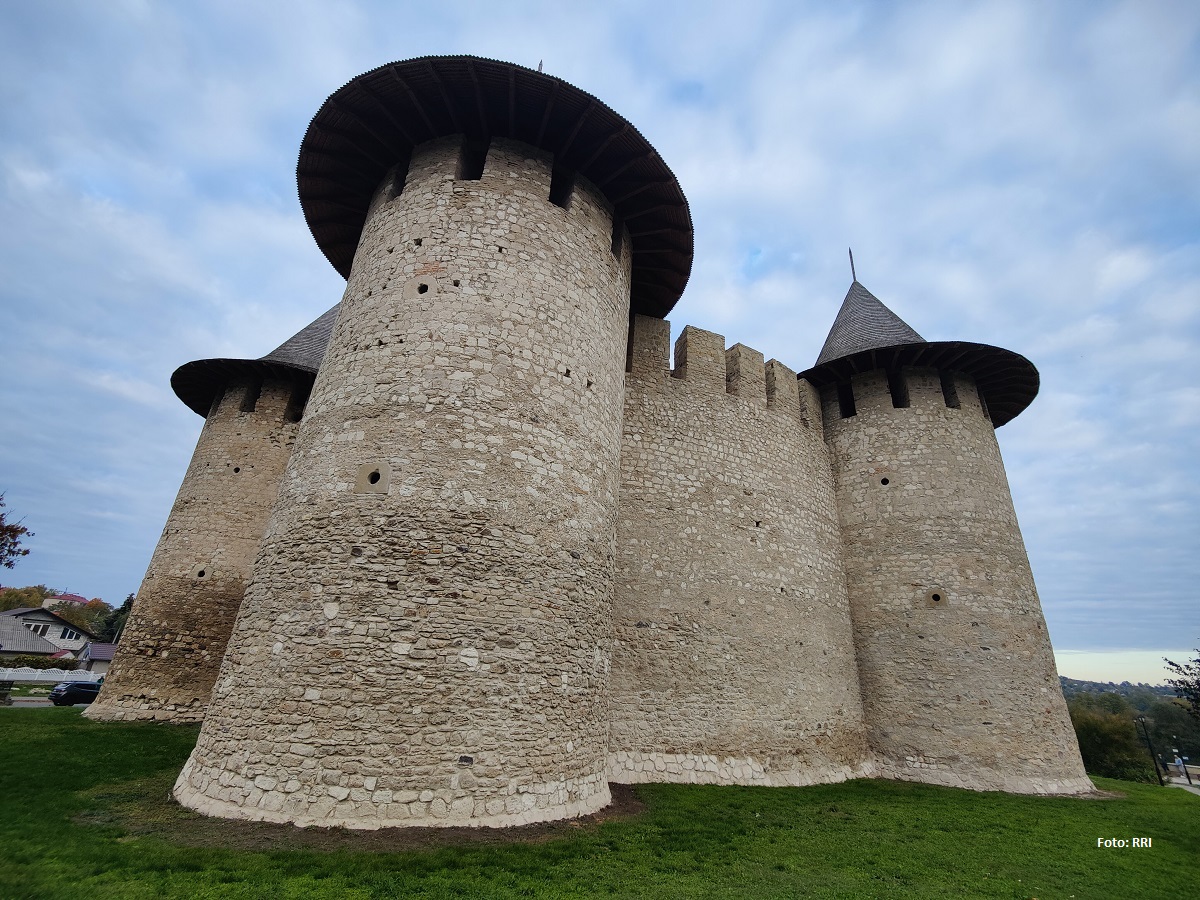The Guban Factory
One the best-known Romanian brands in the communist era

Christine Leșcu, 16.10.2021, 14:00
Pre-war and inter-war Romania
managed to develop its own stars, products made locally in workshops and
factories. Among them, the Guban brand held pride of place. It managed to
preserve its reputation after the creation of the communist regime, and
remained an exception until 1989. We’ve talked about the history of shoe-making
and shoe polish produced by Guban factories with Marius Cornea, a curator with
the Museum of Banat in Timişoara.
Guban is a brand that was
named after Blaziu Guban, born in Bihor County in the Austro-Hungarian Empire
in 1904, in the countryside. Blaziu was a poor kid. He was adopted by a family
from Oradea. He only graduated the first 5 grades. Before the First World War,
he worked as a caretaker at a pig farm. Then he got hired at a local shoe
factory in Oradea, where he developed an interest in combing chemical
substances and materials. The Guban shoe polish was invented by Blaziu Guban in
1935, during his time in Timișoara. In
1932, the manager of a shoe factory in Timișoara invited Blaziu Guban to join
his team. 1935 was the year when the fate of the Guban brand was decided. It was
then that Blaziu came up with the recipe for the shoe polish. It was only later,
in 1937, that he registered the Guban Brand with the Trade Register, alongside
two other associates, under the name the Guban Timișoara Chemical Factories. The
polish guaranteed the maintenance of leather shoes. What is interesting is that,
in order to make his shoe polish known, Blaziu Guban called a factory in Timișoara
that delivered tin boxes engraved with his name. In the first phase, Blaziu
gave the boxes to employees, his associates and friends, who in turn advertised
this kind of shoe polish.
For
the postwar generations, the Guban name didn’t just stand for shoe polish, but
shoes themselves, mixing comfort and style in a locally-made product unlike any
other in the communist era. Marius Cornea gave us more details:
Of
course, Romania knows the Guban brand particularly from the prospect of its
shoe line. But the history of shoe-making started only in 1959. In 1948, when
factories and enterprises across Romania were nationalized, Blaziu was the only
factory owner from the former regime who, owing to his personal connection with
Gheorghe Gheorghiu-Dej, the communist leader at the time, managed to hold on to
his factory until 1952, when he was forced to relinquish both the Guban name, and
his factory in favor of the state. Communist authorities promised, however, to
keep him in charge until the end of his days. This is a notable exception in
the history of Romanian factories at the time. So, until 1978, the year of his
death, Guban remained the director of his factory.
The
first shoes were produced at the factory in Timișoara in 1959. The design
combined the elegance of dress shoes with the comfort of every-day shoes.
Another feature was synthetic leather, invented by Blaziu’s son, Tiberiu, which
imitated crocodile and snake leather. The shoes grew very popular very fast, not
just among ordinary Romanians, but also among international personalities. Marius
Cornea is back on the microphone.
There
was an entire marketing policy. The Ceaușescu family, Nicolae and Elena, were regular
clients of the Guban factory in Timișoara. Elena Ceaușescu was known for her preference
of the Guban brand. She usually wore brownish, greenish or pink shoes. The boot
tree used by Elena Ceaușescu was on permanent display in an exhibition at the
Maria Terezia Bastion in Timișoara, an exhibition that displayed most local
brands to official delegations over 1970-1980. In the same exhibitions you
could admire shoes ordered by actresses such as Sophia Loren or Gina Lollobrigida.
What is interesting is the fact that the exhibition also showed shoes ordered
by Gheorghe Gheorghiu-Dej and poet Tudor Arghezi.
After
1989, the factory in Timișoara underwent a broad process of restructuring,
alongside most of Romanian industry. Still, the prestige of the Guban brand was
not forgotten. (VP)






























